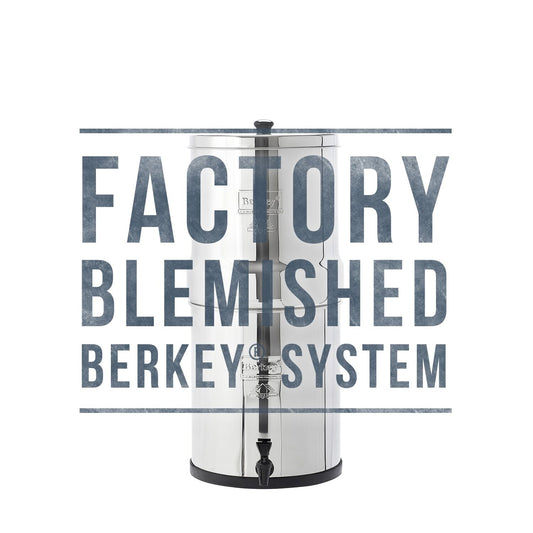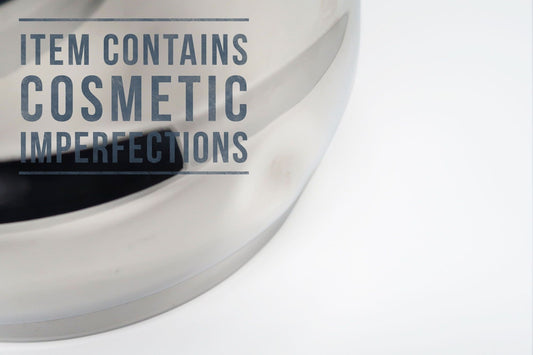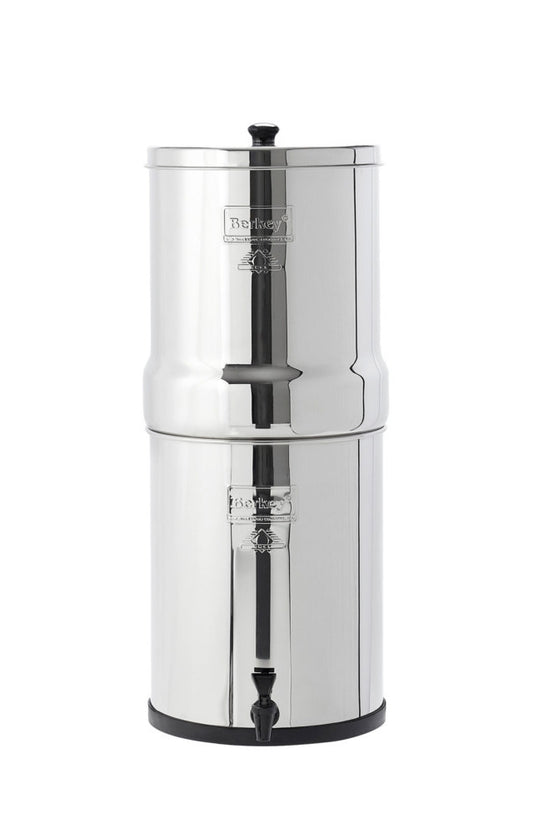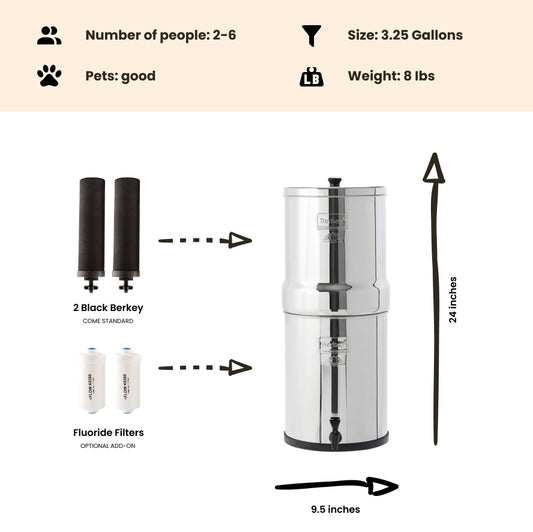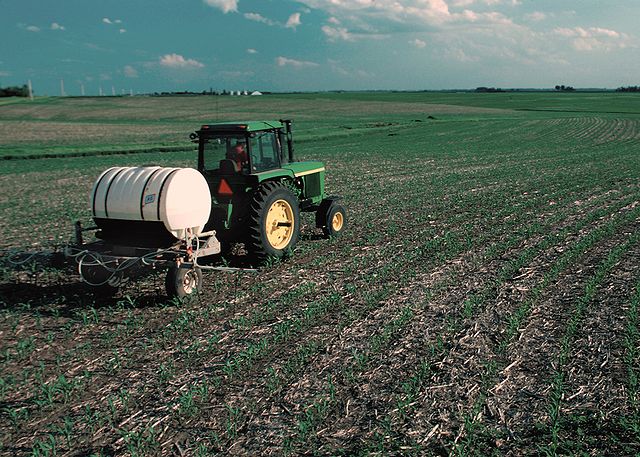
Fertilizing Crops Today Will Contaminate Drinking Water Supplies for Decades
By Dan DeBaunShare
Dangerously high concentrations of nitrates in water originating from application of fertilizer to crops is likely to persist in drinking water supplies for decades, posing a serious health risk — including increased potential for blue baby syndrome, according to a recently published study conducted by scientists from the University of Waterloo, Canada.
Nitrogen from nitrogen-based fertilizers, which are commonly applied to agricultural crops to enhance growth and productivity in an effort to increase yields, has been washing into freshwater systems through run-off, and leaching into private water wells for over 80 years. As a result, even if farmers stopped using nitrogen-rich fertilizers today, nitrate concentrations in these freshwater systems will remain at elevated levels for several decades, according to the report, which was published in Environmental Research Letters.
By Lynn Betts - U.S. Department of Agriculture, Natural Resources Conservation Service. Photo no. NRCSIA99241, Public Domain, https://commons.wikimedia.org/w/index.php?curid=6303636
The scientists found that nitrogen is accumulating in soils, effectively creating a source of nitrates that will continue to pollute surface and ground water systems for a very long time.
"A large portion of the nitrogen applied as fertilizer has remained unaccounted for over the last decades," said Nandita Basu, a professor in the Department of Earth and Environmental Sciences and Civil and Environmental Engineering. "The fact that nitrogen is being stored in the soil means it can still be a source of elevated nitrate levels long after fertilizers are no longer being applied."
This research study is the first to provide direct evidence of the impact of broad-scale nitrogen use in the Mississippi River Basin. Iowa's largest supplier of drinking water, Des Moines Water Works, is suing three counties further upstream for failing to take adequate measures to reduce dangerously high nitrate levels in surface waters, which are more than double the safety standard set for drinking water, and which according to the researchers will most likely stay high for many years to come.
This oversight has forced Des Moines Water Works to spend millions on upgrading their water treatment facilities in order to supply consumers with water that is safe to drink. Professor Basu together with her fellow researchers analyzed historical data from more than 2000 soil samples taken across the Mississippi River Basin. Their results revealed that nitrogen systematically accumulated in agricultural soils over time. In many cases, nitrogen accumulation was not evident in the upper soil layer, but rather at 10-40 inches (25-100 cm) below the soil surface.
"We hypothesize that this accumulation occurred not only because of the increased use of fertilizers, but also increases in soybean cultivation and changes in tillage practices over the past 80 years," said Kim Van Meter, a doctoral student in the Department of Earth and Environmental Sciences in the Faculty of Science.
Results from their modeling simulations suggest that the accumulated 'legacy' nitrogen could continue to leach into freshwater systems more than 30 years after farmers stop applying nitrogen to their fields.
Unfortunately this has ramifications for both environmental and human health. Elevated nitrogen levels in freshwater and marine systems causes hypoxic conditions that result in dead zones where no life can survive, and negatively impacts the quality of drinking water. Exposure to high levels of nitrates in drinking water can cause serious health issues, including blue baby syndrome that can be fatal to infants. Over the last forty years or so, policymakers and farmers have been working together to limit the amount of nitrogen fertilizer leaching from fields to underground and surface water systems. Yet, even with these measures, some areas have nitrate concentrations that are more than 10 times the safety standard set for drinking water.
"The presence of this legacy nitrogen means it will take even longer for best management practices to have a measurable benefit," said Professor Basu, also a member of the Water Institute. "If we're going to set policy goals, it's critical we quantify nitrogen legacies and time lags in human impacted landscapes."
Journal Reference: K J Van Meter, N B Basu, J J Veenstra, C L Burras. The nitrogen legacy: emerging evidence of nitrogen accumulation in anthropogenic landscapes. Environmental Research Letters, 2016; 11 (3): 035014 DOI: 10.1088/1748-9326/11/3/035014
-
Regular price From $302.00 USDRegular priceUnit price / per
-
Regular price $234.00 USDRegular priceUnit price / per
-
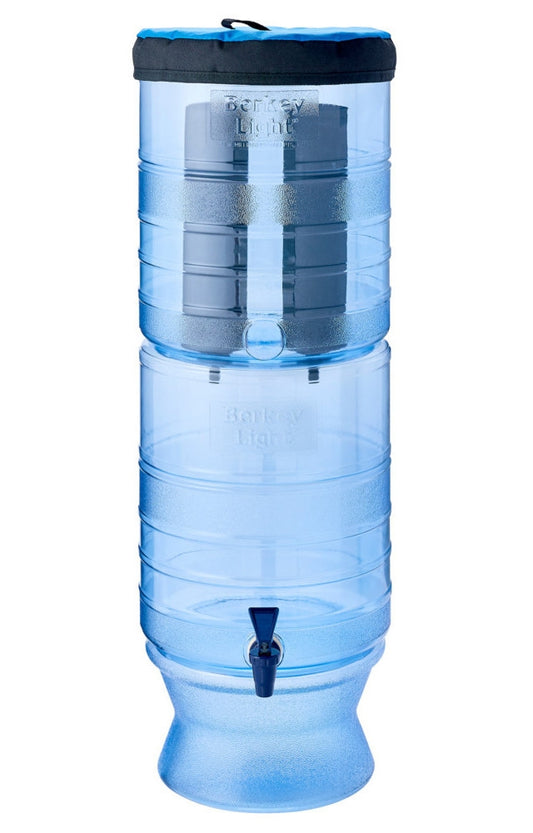
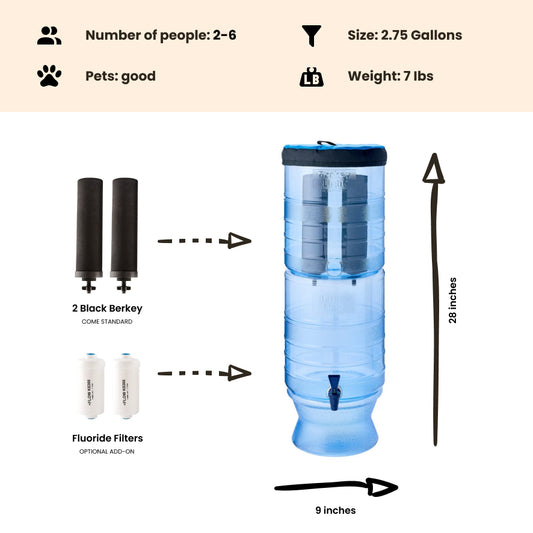 Sold outRegular price From $305.00 USDRegular priceUnit price / per
Sold outRegular price From $305.00 USDRegular priceUnit price / per -
Regular price $327.00 USDRegular priceUnit price / per
-
Regular price From $367.00 USDRegular priceUnit price / per
-
Regular price From $408.00 USDRegular priceUnit price / per
-
Regular price From $451.00 USDRegular priceUnit price / per

Dan DeBaun
Dan DeBaun is the owner and operator of Big Berkey Water Filters. Prior to Berkey, Dan was an asset manager for a major telecommunications company. He graduated from Rutgers with an undergraduate degree in industrial engineering, followed by an MBA in finance from Rutgers as well. Dan enjoys biohacking, exercising, meditation, beach life, and spending time with family and friends.
~ The Owner of Big Berkey Water Filters


